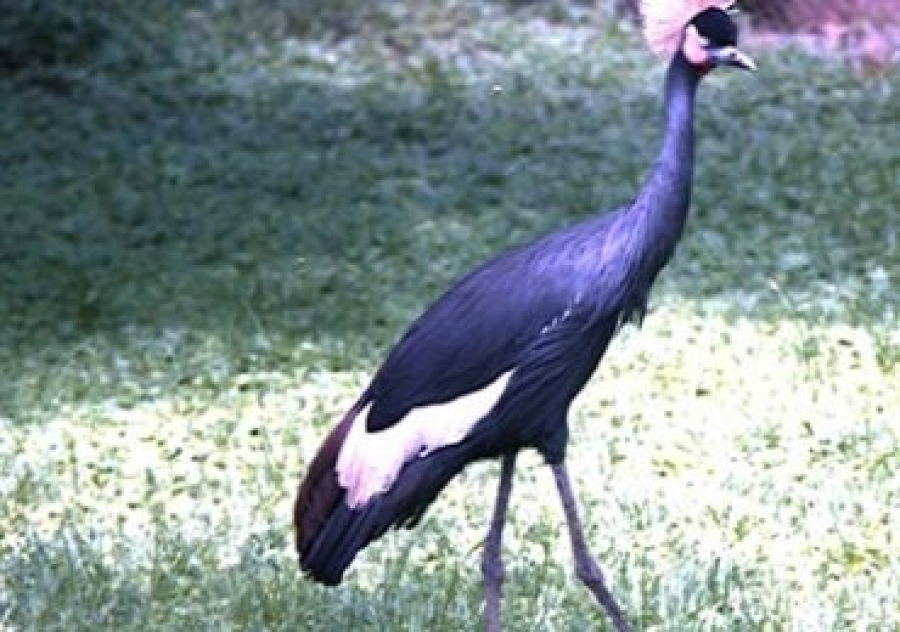Geraille national park ( also called gerale national park ) is a new park and it lies in liben zone in the southewest part of the somali national region state in liben zone. it is located in the estern part of moyale woreda .it is about 900 km southe east of addis ababa and 120 km north of moyale . The park cover around 38,580 ha of the total 104,230 ha of the area of the dawa ecosystem .
The area encompasses what used to be previously known as the Borana Controlled Hunting Area in Southern Ethiopia. The Park was proposed to conserve various savannah wildlife including rare animals like, Giraffe, African Elephant and even the Black Rhinoceros. Although local people claim to have seen the latter visits to the area have proved otherwise.
Gerale has low human population density but is relatively rich in wildlife resources. Altitude ranges from 800 meter above sea level on the banks if the Dawa River to 1380 masl on top of the escarpments. The Dawa River forms important surface water feature for this arid site. The Dawa forms its boundary on the eastern and northeastern side while the Day escarpment is found on the west. The villages of Karaya, Sororo, Gelgelu are located to the south and south east of the park. The whole area is found within a semi-arizd zone and is characterized by prolonged dry season lasting up to seven months. A bimodal rain pattern is apparent with peaks from September to November and from April To June. The mean annual rainfall for Moyale is 503 mm. The area is typically Somali-Masai and the dominant vegetation type is Acacia-Commiphora. Major woody plants include Acacia mellifera, A. brevispica, A. oerfata and various Commiphora spp. Habitats include grasslands, wodded grasslands, open shrubland, thickets, riparian woodlands and exposed sand/soils. At least 36 species of larger mammals have been identified including bats. Major wildlife conserved includes Beisa Oryx, Grant’s Gazelle, Gerenuk, Lesser Kudu, and Guenther’s Dikdik, Avifauna is rich as well and a provisional list for the area has 164 recorded species.
Vegetation - Mostly the vegetation composition is made up of small trees and shrubs, which are 3-4 m in height. The dominant species include Acacia mellifera, Acacia oerfata, Acacia brevispica and several species of Comifora species. The area is also characterized by grassland, open shrub land, dense shrub land, dense bush land, wooded grassland and riparian woodland/bush land. The dominant grass species include Ischamum species and Chrysopogon species. The area is generally rich in floral diversity as in the case of other parts of the Somali-Massai biome-East African evergreen vegetation type.
Unique features - This park was proposed by the Somali National Regional state, although it is now under the supervision of EWCA, to conserve unique assemblage of wildlife in the Somali-Massai Biome. This Biome covers large tracts of land in Ethiopia and the park is known to harbor few Elephants, Hunting Dog, Cheetah and Giraffe. It provides haven for several antelope species. The most prolific antelopes are Guenther’s Dikdik, Beisa Oryx, Grant’s Gazelles, Gerenuk and Lesser Kudu. Amongst birds, the endemic white-tailed Swallow has been recorded here. The site is found wholly within the Juba/Shebelle Endemic Bird Area. Restricted range species including the White-winged Dove and juba Weaver are residents. The area conserves not less than 50% of birds listed in the Somali-Masai Biome Assemblage.




